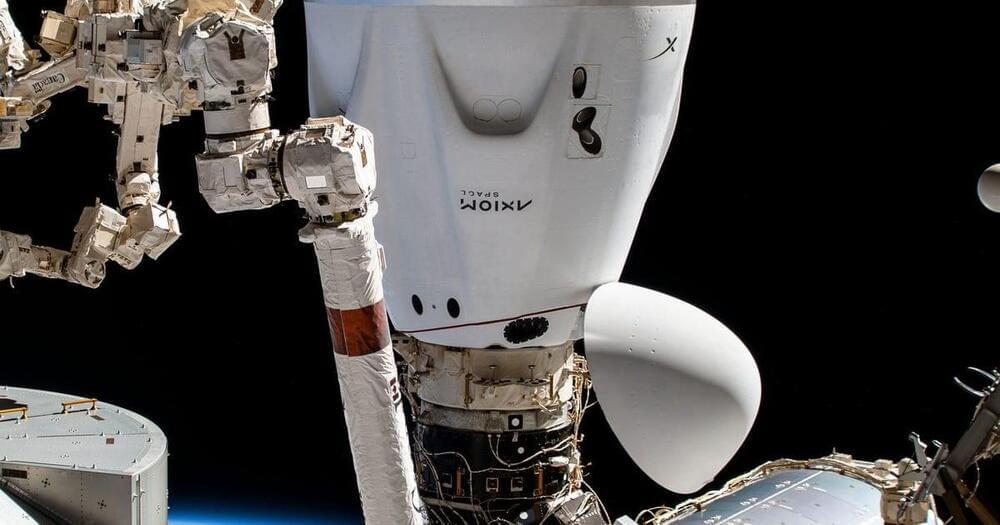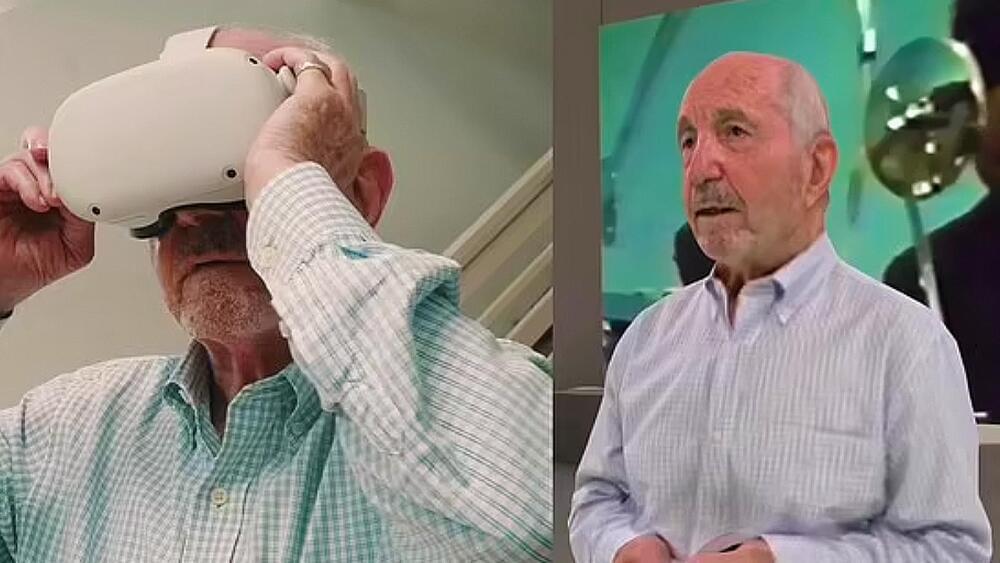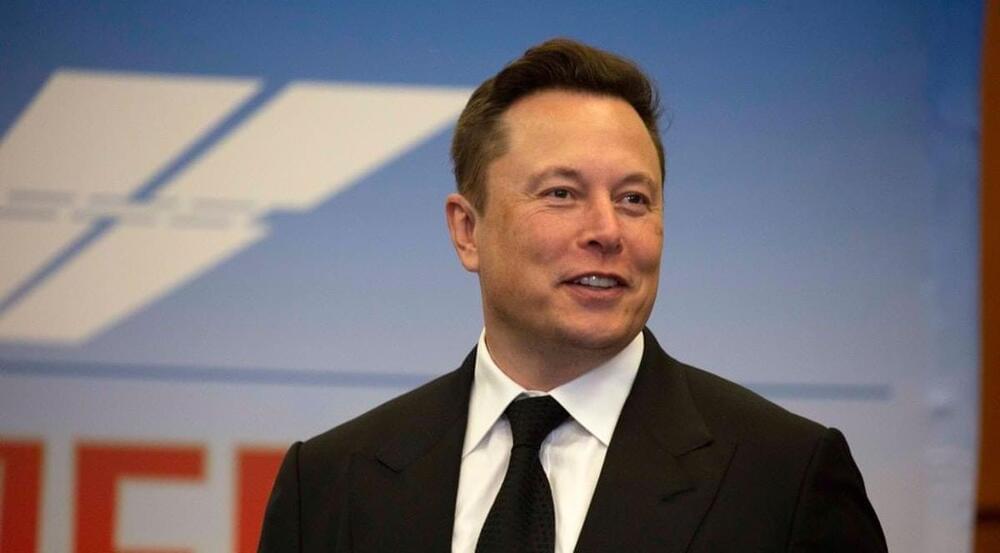The Axiom-1 mission — the first fully private crew to visit the International Space Station — splashed down on Earth on board a SpaceX Crew Dragon on April 26. During that return journey, a camera meant to track meteors caught sight of the spacecraft, the ISS and a blazing fireball all at the same time. Wow.
The European Space Agency Operations Twitter account shared the video on Friday, writing, “An incredible sighting: a meteor strikes, burning up in Earth’s atmosphere, passing by four astronauts cocooned in the SpaceX Crew Dragon spacecraft as it departed from the International Space Station on 26 April, bound for home.”
The meteor is pretty clear in the video. It’s the one dragging out like a fiery smudge heading downward. The ISS is the brightest moving dot, above and to the right of the meteor. Crew Dragon is the fainter dot above the streak of light.







